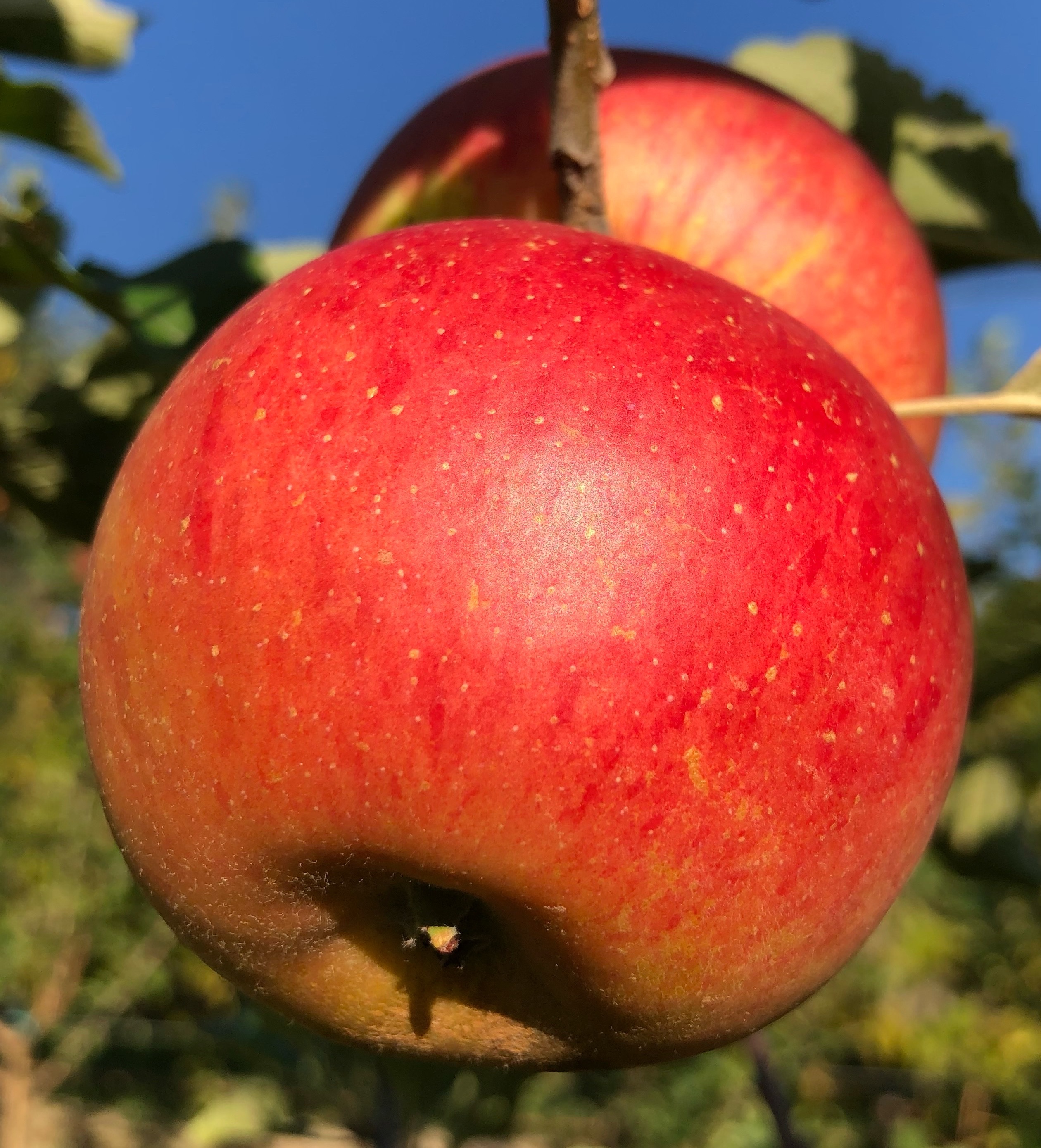Cox’s Orange Pippin – A true apple icon
In 1825, a retired brewer and amateur horticulturist named Richard Cox sowed apple seeds in his garden in Colnbrook Lawn, Buckinghamshire, England, a stone’s throw from present-day Heathrow Airport. Among the seedlings, one stood out—bursting with rich, aromatic flavour and honeyed complexity. That apple became Cox’s Orange Pippin, now one of the world’s most beloved heritage apples.
Two centuries on, Cox’s Orange Pippin is still celebrated for its unbeatable balance of sweetness, sharpness, and fragrance. Often called the connoisseur’s apple, it’s the parent of many modern varieties—but none have matched its unique charm.
This apple isn’t just delicious—it’s storied. First propagated commercially by nurseryman E. Small & Son in the 1830s, it became a Victorian favourite, gracing royal tables and home orchards alike. While it thrives best in cooler climates, its flavour is so exceptional that growers persist despite its reputation for being a little fussy.
In 2025, we’re proud to honour 200 years of this extraordinary variety. At Heritage Fruit Trees, we grow and graft Cox’s Orange Pippin trees, helping a new generation enjoy a bite of history.
Plant one, and grow a legend.

Fun facts:
- Cox’s Orange Pippin (COP) has at least 42 other names (called synonyms)
- ‘Pippin’ is derived from the French word for seed
- COP can be grown in various ways including as a free-standing tree or an espalier
- Its fruit can be blended with other apples in cider
- By 1883 (58 years later) it was regarded as one of the most popular apples in the England, and 20 years later in 1903 it was still described as “One of the best in quality of the English dessert apples” (dessert means an eating apple)
- Said to be a seedling of ‘Ribston Pippin’, possibly crossed with pollen from ‘Blenheim Orange’
- COP Received a First Class Certificate from the Royal Horticultural Society in 1962, the same year that its mother, ‘Ribston Pippin’, received the same award.
References:
- Anon (1992) Richard Cox and the Cox's Orange Pippin. Common Ground and Colne Valley Groundwork Trust / Thames Valley Groundwork. http://www.england-in-particular.info/orchards/o-cox.html
- Beach, S. A. (1903) The apples of New York, Volume II. New York Agricultural Experiment Station, Department of Agriculture, State of New York.
- Bultitude, J. (1984) Apples: a guide to the identification of international varieties. University of Washington Press, Seattle, USA.
- Juniper, B. E. and Mabberley, D. J. (2006) The story of the apple. Timber Press, Portland, Oregon, USA.
- Smith, M. W. G. (1971) National apple register of the United Kingdom. Ministry of Agriculture, Fisheries and Food, London.
- Wikipedia 9/4/2025 Ref: https://en.wikipedia.org/wiki/Richard_Cox_(horticulturist) - Richard Cox (c. 1766 – 20 May 1845).
- Windmill, C. (1997) Apples old & new: an introduction to the range of apple cultivars available in Australia (5th ed). Badger’s Keep, Chewton, Australia.
Image: Copyright Heritage Fruit Trees www.heritagefruittrees.com.au
